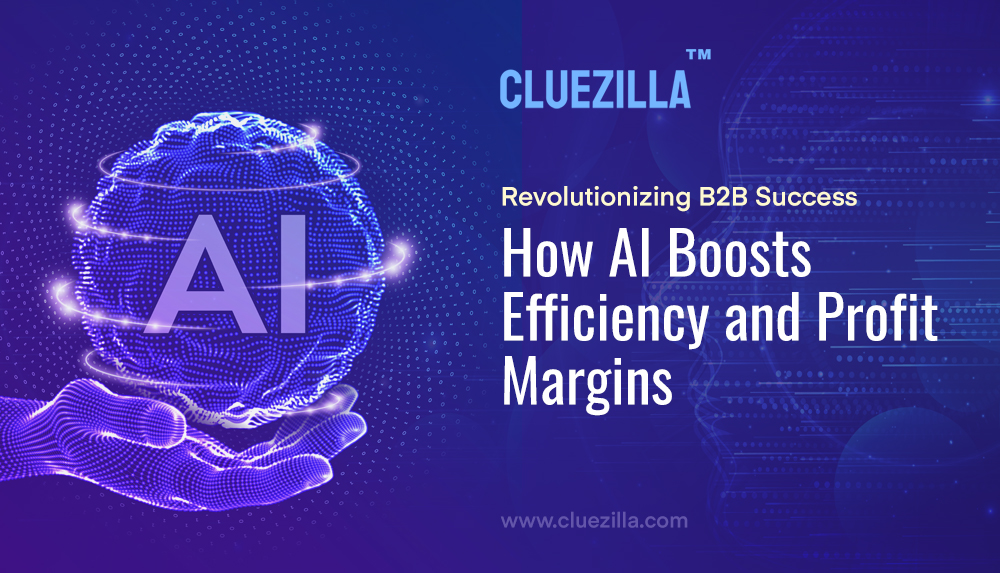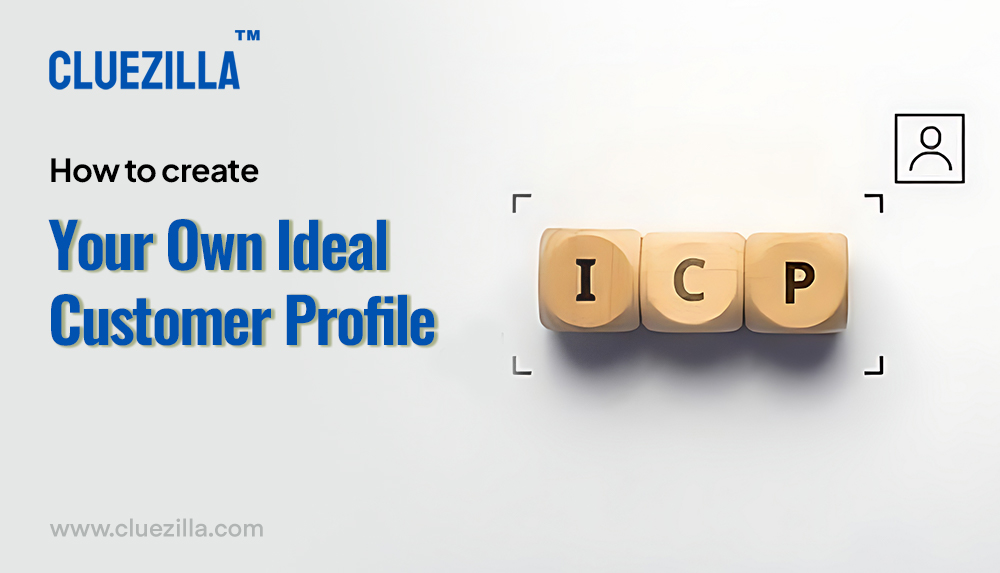Customer lifetime value – or CLV – is a financial metric that helps businesses understand how much profit they can expect from their customers over time. In other words, CLV is the value of your customers as opposed to the cost of acquiring them. The higher the customer lifetime value, the more profitable your customers are likely to be for your company. For example, an airline might spend several thousand dollars on advertising and reservations in order to sell a one-way ticket to an airport hotel with a nightly rate of $300 per person. If the airline has 100 new guests every night for 10 nights (at a total cost of $3,000), that’s not great from a financial perspective unless those guests return again and again as paying guests.
How to Calculate Customer Lifetime Value
The first step in calculating CLV is estimating how long your customers are going to be customers. You can do this by having a look at the average length of a customer’s buying cycle. This is the average length of time between a customer’s first purchase and their last purchase, including the time they take between those two points. Of course, this will vary depending on what sort of business you’re running. A bank, for example, might have a very different average customer lifetime than an eCommerce shop. You also need to consider what happens to customers at the end of their lifetime (i.e., when they stop being customers). Are they likely to remain loyal to your company over time? If so, you can use the average customer lifetime as the basis for your CLV calculations. If not, you may need to use a shorter average customer lifetime in your calculations.
Marketing Activities That Impact CLV
Here are some of the marketing activities that can have a significant bearing on your CLV: – The price you charge for your products – Your product mix – Your marketing spend – Your sales process – Your customer retention practices Let’s take a look at each of these in more detail. The price you charge for your products and the product mix you offer can both have a major bearing on your CLV. The more you charge for your products, the higher your CLV will be. Conversely, the lower your prices, the lower your CLV will be. Your product mix also has an impact on your CLV. The more different products you sell, the more likely it is that your customers will be buying those products at different times and therefore they won’t be making repeat purchases. Repeat purchases are the key to high CLV, so products that aren’t frequently bought can have a knock-on effect on your CLV. Your marketing spend is probably the most obvious marketing activity that impacts CLV. If you’re spending a lot of money on marketing (particularly if you’re spending that money on paid marketing), then you should expect your CLV to be lower. Your sales process impacts your CLV in a couple of ways. First, the longer it takes for you to close a sale, the lower your CLV will be. Second, if you’re selling products that are expensive, then you’ll likely have longer sales cycles and a lower CLV. Finally, your customer retention practices can impact your CLV. Retaining existing customers is likely to be much cheaper than acquiring new customers, so retaining customers can help you to increase your CLV.
Why Is Knowing Your CLV So Important?
Knowing your CLV is important for a couple of reasons. First, it can help you to manage your cash flow. If you know that a certain customer segment has a high CLV and that you’re generating a lot of profit from those customers, then it may make sense for you to extend your payment terms. On the other hand, if you know that a certain segment of customers has a low CLV and that you’re losing money on those customers, then it may make sense to demand payment upfront. Your CLV can also help you to make more informed decisions about the products you sell. If you know that your customers with a CLV of $2,000 are 80% more profitable than customers with a CLV of $1,000, then it may make sense for you to offer lower-priced products as well as higher-priced products.
What Can Cause Problems With Calculating Customer Lifetime Value?
If you’re calculating your CLV manually, then there are a couple of things you need to keep an eye on. First, you need to be careful about calculating customer lifetime based on the average customer lifetime. As we discussed above, you may actually want to use a shorter average customer lifetime if some of your customers are likely to churn away from your company. Second, you need to make sure that your calculations are based on “unbounded” lifetime values. In other words, you need to account for the fact that customers will continue to spend money with your company for longer than the average customer’s lifetime.
Estimate Your Customer Lifetime Value With A Cohort Analysis
If you’re comfortable with your CLV calculations, then the best way to estimate your CLV is with cohort analysis. A cohort analysis is a type of financial forecasting that allows you to look at customers over time. In other words, you can examine a single customer segment over an extended period of time to get a sense of how valuable that customer segment is likely to be. The first thing you need to do is divide your customers into cohorts. A cohort is simply a group of customers who share a common characteristic. For example, you might divide all your customers into the following cohorts: – New customers – Repeat customers – Loyal customers Once you’ve got your cohorts, you can use a simple cash flow analysis to get a sense of how valuable your customers are likely to be over time. For each cohort, you can calculate the expected customer lifetime value, and then add up the value of all your customer cohorts to get an overall view of your CLV.
Estimate Your Customer Lifetime Value With A Loss Equation
A loss equation is a way to estimate the long-term profitability of customers. A loss equation is basically a way of calculating CLV, but instead of assuming that customers remain profitable over their entire lifetime, a loss equation assumes that the customer will break even over time. If that sounds like a strange way to calculate CLV, that’s because it is. Customer lifetime value is a very precise financial metric that can be used to make strategic business decisions. A loss equation is much vaguer and is really only useful for getting a general sense of how much profit a customer is likely to generate. That said, a loss equation can be a helpful way to get a quick overview of your CLV without doing more detailed calculations. Let’s walk through how you’d calculate the CLV of a single customer with a loss equation. First, you need to work out how much it costs you to acquire a new customer. You can do this by calculating your customer acquisition cost. Once you’ve got that number, you can divide it by the number of new customers you acquire to get your average acquisition cost per customer. Once you know that, you can calculate the long-term profit for each new customer by multiplying your average acquisition cost per customer by the number of years that person remains profitable for your business.
Bottom Line
The ideal customer lifetime value (CLV) is a combination of a few metrics: customer lifetime, average order value, and the cost to acquire a new customer. For example, if a new customer spends an average of $50 per order and the company spends $40 on advertising to acquire a new customer, then the CLV is $200. For businesses to be profitable in the long run, they must maintain a CLV that is greater than their cost to acquire a new customer.
Analyzing market trends to engaging customers by understanding their behavior, Cluezilla works with companies in customer retention and growth planning services.













